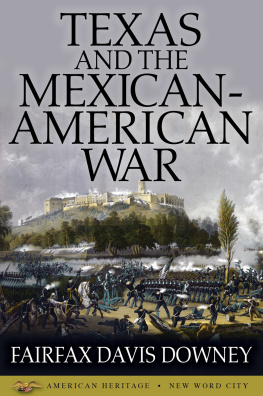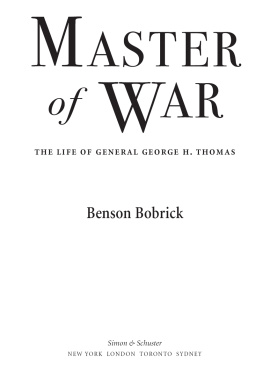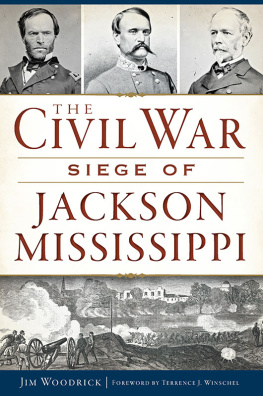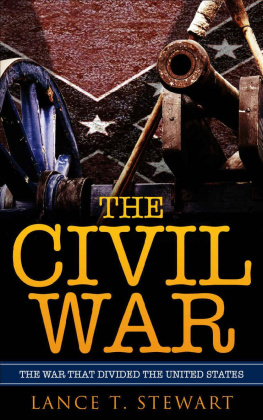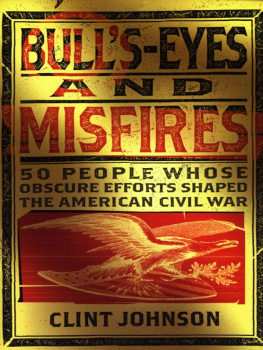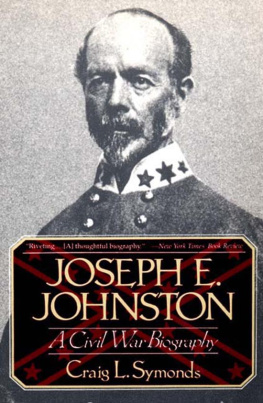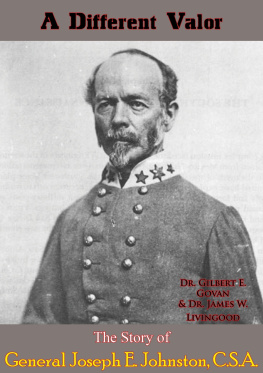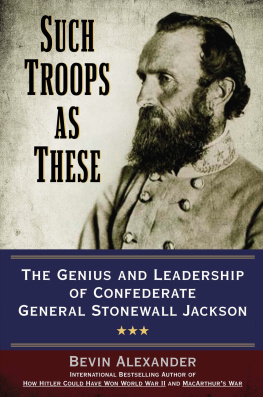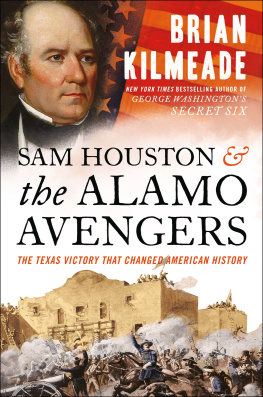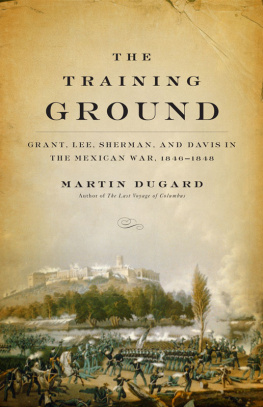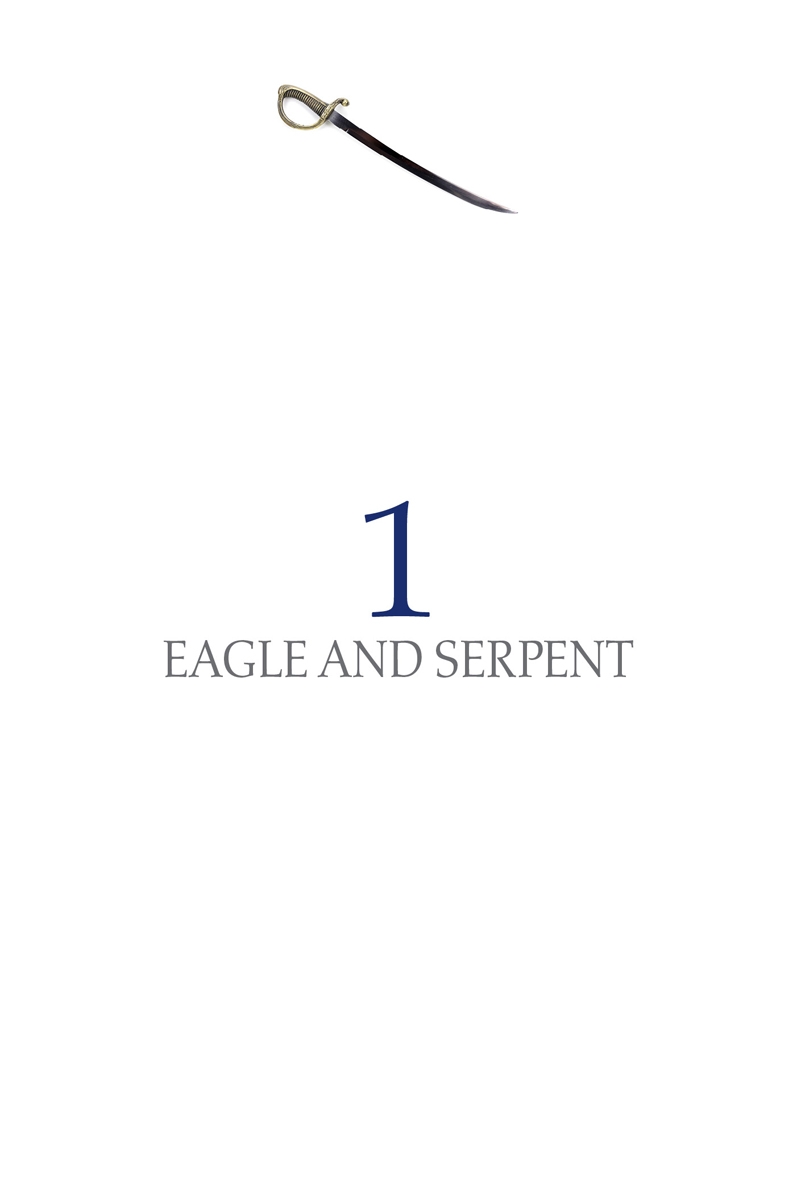In the spring of 1846, bugles in the United States army camp near the Mexican border sounded Boots and Saddles and To Horse.
Old Whitey, General Zachary Taylors charger, stood quietly while the commander mounted. The horse, named for the color of his hide, would behave just this calmly and steadily in a battle under shell fire and a hail of bullets. Now he stepped out, as fifes and drums joined the bugles. With dragoons and Texas Rangers scouting ahead, the army marched to war.
The story of the war with Mexico can well begin with Old Whitey because horses were closely connected with the history of Mexico ever since they had been introduced there. They played a highly important part throughout the conflict of 1846-48 as they had for many years long before it.
Old Whitey was a Mexican horse, descended from Barbs and Arabians, the splendid steeds brought by the Spaniards who invaded Mexico under Cortes in 1519-21 and conquered the Aztec empire of Montezuma. For nearly three centuries after Montezumas city had been stormed and gutted of its treasures, Mexico was held as a province, firm in the grasp of Spain.
The horses of the conquistadors carried the banner of Spain north and west, beyond the horizon, in an unending search for riches. Somewhere ahead, the Spaniards had heard, lay the Seven Cities of Cibola, paved with gold; shining Quivira; glittering Eldorado.
Where the sword went, the cross went, too. The armored conquistadors never found their cities of gold, but the priests in brown robes with crosses swinging from their waists located the kind of treasure they were seeking - heathens to be converted to Christianity.
In the seventeenth century New Mexico was colonized; in the eighteenth California was settled. When they rode north from Mexico City in the early 1700s, the Spanish invaded the Tejas Indians land, later to be known as Texas. Over that ground, five flags would float after Spains: the eagle emblem of Mexico, the golden Lilies of France, the Lone Star of Texas, the Stars and Stripes, the Stars and Bars of the Confederate States, and finally, the Star-Spangled Banner once more.
All the vast lands of the Missouri Valley - the territory called Louisiana - shifted back and forth between Spain and France before they were bought by the United States. Claimed by the Frenchman, Robert de La Salle, in 1682, Louisiana was held by France for eighty years. But when, in 1763, England won Canada in the French and Indian War, France (to keep Louisiana from the southward-reaching grasp of Britain) suddenly traded that great expanse to Spain in exchange for a single Mediterranean island. Then, in 1800, the powerful France of Napoleon Bonaparte wrested back Louisiana from the Spaniards. But Napoleon did not hold it long. At death grips with the British in a European war, he knew he could not defend his big possession across the sea. So he sold it to the United States for $15,000,000 - about three cents an acre. The Louisiana Purchase, that splendid bargain, was made in 1803 during the administration of President Jefferson.
Elsewhere, the mighty empire of Spain in the New World did not remain unchallenged. Russian fur traders pushed southward along the Pacific Coast from Sitka, Alaska, and threatened California. Americans from the new nation born in 1776 began to settle on the soil of Mexico - in Texas, in the Southwest, and in California. Spain held Florida until 1819; then sold it to the United States for $5,000,000. As the nineteenth century advanced, American pressure on the realms of Spain and Mexico increased.
The Spaniards and the Mexicans, after wresting wide western territories from the Indians, had turned those lands into tempting prizes.
From Mexico and Texas and on to California the friars established missions that held the empire together as links form a chain. And the settlers established estates, the haciendas and ranchos on whose produce the empire lived. There, in those estates and cattle ranches, lay the true wealth of the land not in gold and gems but in cattle and wheat and maize, in flax and fruit and furs.
Gardens bloomed with flowers and fruit trees. Crops were harvested from furrowed fields. Dashing vaqueros, the first cowboys of North America, galloped through plains and valleys to round up the longhorn cattle.
It was a fascinating civilization that grew up in Mexico, built on the ruins of the Aztec empire and that of the Mayan Indians before them. As much as the soldiers and the settlers and the governors, it was the friars of the monastic orders, the brown-robed Fransicans and the black-robed Jesuits, who made New Spain thrive.
They were selfless and faithful men, those friars, and brave ones. Some died as martyrs, slain by Indian arrows. Under the leadership of such great missionaries as Fra Junpero Serra and Fra Bartolom de las Casas, they carried on their good works wherever the banners of Spain or Mexico flew. They converted the friendlier Indians and taught them to build and plant and tend herds and flocks.
Through many years, the padres fought for the rights of the Indians as human beings. Really they were held in slavery, though the Spaniards called it personal service. Sometimes treatment was kind. Too often, it was harsh and cruel, especially at the mines and pearl fisheries. Despite the efforts of the missionaries, it was not until 1794 that the kings decree granted the Indians freedom, and then it was frequently in name only. Spains empire in the New World depended on slavery as definitely as did plantations of the American South.
At the opposite end of Mexicos class structure were the Gachupines (those who had been born in Spain) and criollos or Creoles (those born in the New World), men and women who proudly cherished their European ancestry. There was a fierce resentment, however, between these two privileged classes. The Spanish-born Gachupines, not wanting political power ever to get into the hands of native-born Mexicans (even rich and aristocratic Mexicans), forbade the Creoles to hold key Church or government offices in Mexico. These positions had to be held by the Gachupines, who were assumed to be Mexicos most loyal subjects of the Spanish Crown. The discontent of many Creoles with this system would one day to contribute to the end of Spanish rule in Mexico. Next to the two antagonistic ruling classes ranked the mestizos, half-breeds of Spanish and Indian parentage. They, like the purebloods, lorded it over Indians and Negroes and mixtures of those two races called zambos.
For the Spanish and Mexican ruling classes - the gentes de razn (the people of reason), as they termed themselves - it was often a delightful life. The one-story adobe houses of their haciendas contained rooms opening on a charming inner patio, shaded by Cottonwood trees. Besides the bedrooms and a little chapel, storerooms, and servants quarters, there was a big hall or sala for dances and other parties. Its walls were hung with silks from China, brought by the Spanish galleons from the Philippines. Everybody ate in the kitchen where Indian women cooked delicious food served on silver plates: that tasty shellfish abalone, if the hacienda was near the Pacific; roast stuffed pigeon and turkey, or an olla or stew of well-spiced beef or mutton with red beans, peas, and greens; tamales and enchiladas; wines from the vineyards of the missions, and hot chocolate. Near the house, there would be the blacksmith shop and the stables, with ready-saddled horses tethered to a hitching rail, for almost everyone in Spanish Mexico rode horses, mules, or burros.
Boys often learned to ride at the age of four, when they were lifted onto the backs of cow ponies. Since their legs were too short to grip a saddle, vaqueros on either side steadied them as they started off. Women and girls also became expert horsewomen. In California, they rode and dressed like vaqueros. Broad-brimmed, low-crowned hats, secured by thongs under their chins, sat at rakish angles on the black silk handkerchiefs around their heads. Their hair was braided and tied with ribbons at the back like mens, also worn long. Jackets were brightly colored and embroidered. From wide leather belts hung buckskin

